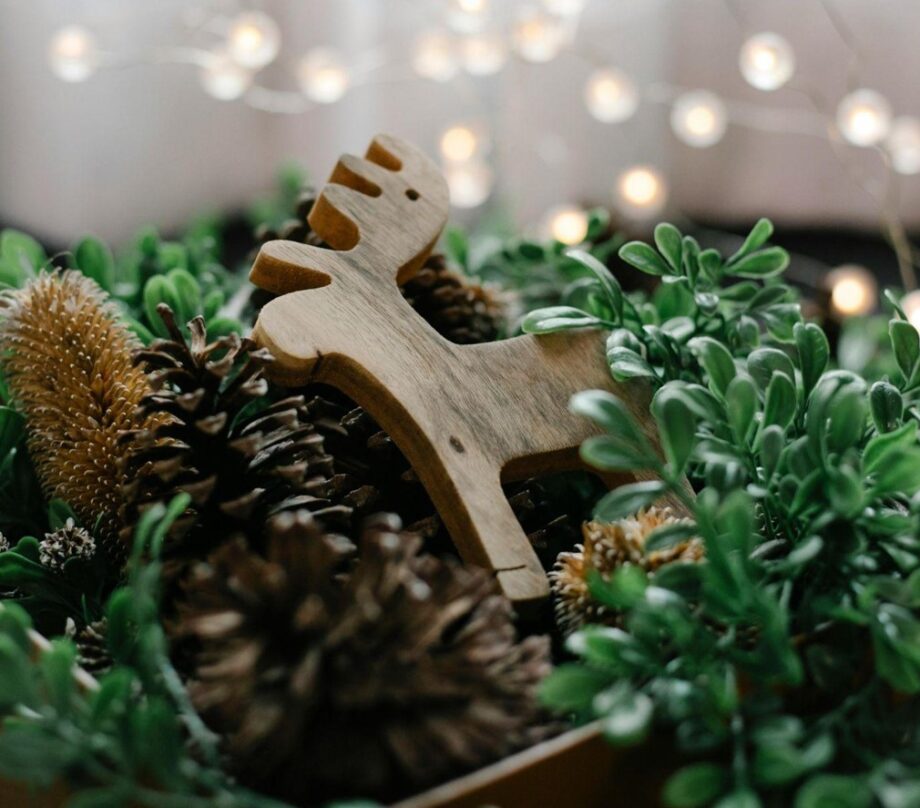Benefits of Incorporating Fake Trees into Design
Fake trees have become an essential tool for designers seeking to create inviting spaces with minimal effort. Unlike live plants, artificial trees require no watering, pruning, or special lighting conditions, making them perfect for busy professionals or areas with low natural light.
Artificial trees mimic the natural beauty of live plants while eliminating maintenance challenges. Modern designs often use premium, remarkably lifelike materials, ensuring they enhance spaces without looking tacky.
For designers, fake trees can bring biophilic design into various settings – from homes to offices, spas, and even holistic retreats. They add a calming, natural vibe that fosters relaxation and wellness without requiring constant upkeep.
Why Fake Trees Align with Modern Design
The versatility of fake trees makes them a dream come true for interior designers. Available in different styles, sizes, and colors, they suit all design types – whether aiming for minimalistic, bohemian, or luxurious aesthetics.
Designers also love artificial trees’ ability to seamlessly blend nature and décor. Large artificial trees can act as statement pieces, while smaller options work as subtle accents. Unlike live plants, fake trees can coexist with any material, including wood, metal, and glass, without the risk of damaging their surroundings.
For holistic spaces like yoga retreats or wellness centers, fake trees create an environment that breathes tranquility without requiring resources for care. They stand tall in their perfection, undisturbed by climate changes or time constraints, offering reliability in long-term design solutions.
Incorporate fake trees into spaces to give clients the beauty of nature and the ease of modern living. Whether anchoring a room or filling a blank corner, artificial greenery provides design flexibility while resonating with elegance and sustainability.

